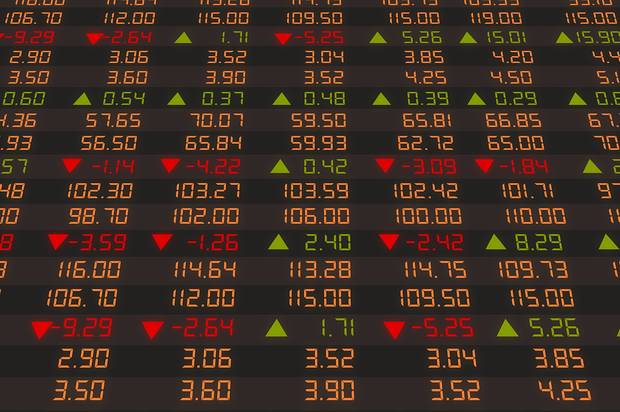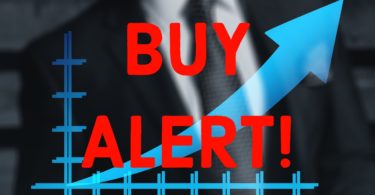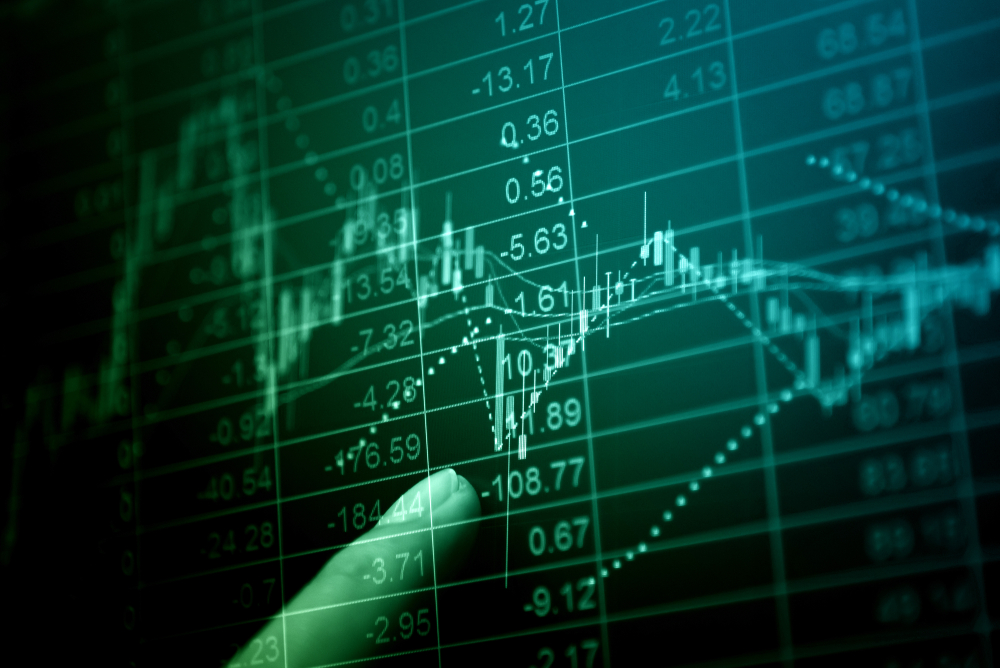Targeting good stocks funds ahead of the crowd is the Holy Grail for diligent investors—although it’s no easy task to check off your portfolio “to do” list.
Where to Start?
The savviest investors know in advance the level of risk involved in individual stock and fund-related investment selection. They also know that picking the right stocks and funds isn’t easy, and that even the most battle-hardened professional money manager struggles to identify the best stocks and funds—before anyone else catches on.
Once those items are crossed off, a great place to start is by using economic and stock market indicators to pinpoint the best stocks and funds. Most of the top-rated benchmark indicators come free of charge, while newly-minted research analysts can expect a dry, and even academic read, so getting help from a financial professional is a big help.
Yet those who persevere and review the best benchmark indicators on a regular basis, are vastly more likely to identify the best stocks and funds before other investors have a clue.
Consequently, it makes sense for investors in the stock market to have a thorough understanding of how the economy works and how economic activity is measured. Here’s a breakdown of the key indicators investors should know about:
Business Inventories: This monthly index tracks how successful companies are selling their goods and services, Business inventories are watched closely by economists and investors alike.
Gross Domestic Product: The gross domestic product (GDP) is a key economic indicator that’s produced by the U.S. government. GDP offers the broadest barometer of U.S. economic activity, making it the ultimate U.S. economic “report card.” The GDP tracks performance in several economic areas: consumption, investment, government purchases, and net exports.
Unemployment Index: The employment index, compiled by the U.S. Labor Department, is, along with the GDP number, the nation’s most economic indicator. It provides data on employment, hourly earnings, and the U.S. jobless rate. The unemployment rate is viewed by economists as a “lagging indicator”, meaning it rises or declines after variations in economic activity.
Consumer Confidence: The Conference Board tracks the nation’s consumer confidence index, based on monthly queries of 5,000 U.S. households.
Index of Leading Economic Indicators: The index of leading economic indicators tracks future economic activity. Usually, three straight monthly changes in the same direction, based on LEI data, indicates a specific trend in the U.S. economy. For instance, negative data over three consecutive months could mean a potential U.S. recession.
Stock Market Indicators Defined
Here Are the Most Common Stock Market Indicators
More at: The Balance








Good